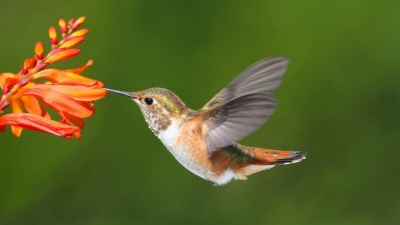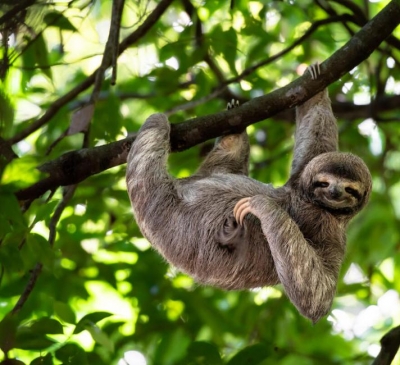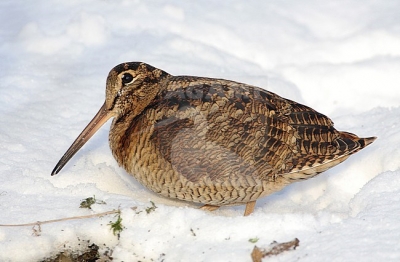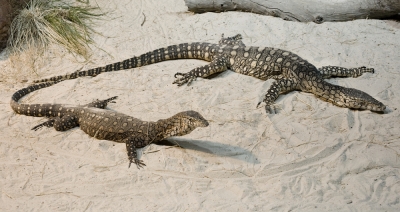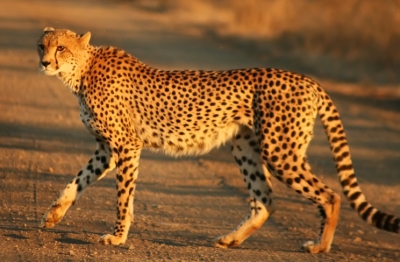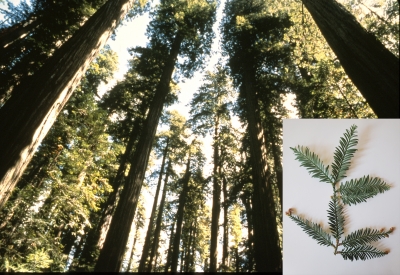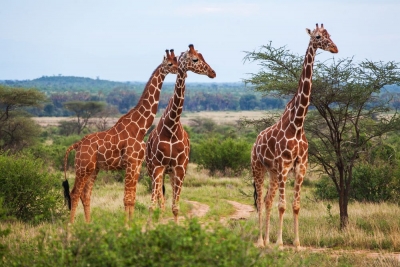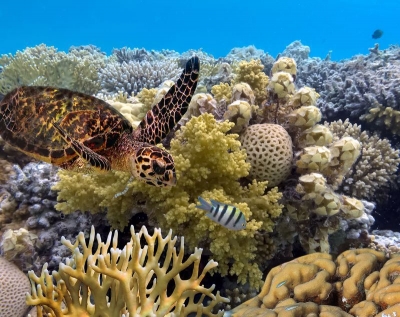Which is the smallest known mammal, by mass, that still exists?
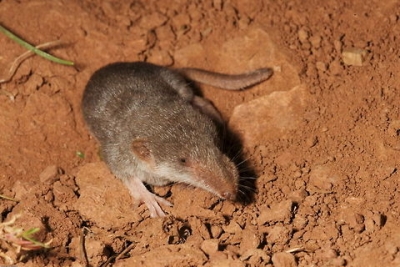
The Etruscan shrew is the mammal having the smallest mass. It weighs only about 1.8g on average. It is also known as the Etruscan pygmy shrew or the white-toothed pygmy shrew and are characterized by very quick movements. These animals exhibit very fast metabolism and can eat about 1.5-2 times their own body weight per day. Their heads are relatively larger than their bodies.
Etruscan shrews are usually found in warm and damp habitats that are covered by shrubs. They use these habitats to hide from potential predators and often avoid open terrain such as grasslands and scrubby deciduous forests due to the threat of being hunted. They are mostly found in Europe and North Africa, all the way till Malaysia. They have also been located in the Maltese islands in the middle of the Mediterranean Sea. They arrange their nests in various natural shelters, crevices, and abandoned burrows of other animals as they themselves cannot dig burrows very skillfully.
These animals are solitary and territorial. They use chirping noises and signs of aggression to protect their territories. They live rather interesting lives as they are constantly in motion when they are awake and not hiding, and when they are not eating, they constantly groom themselves. They hide from their predators very often, but such hiding periods are short and usually only last less than half an hour. When they move, they make clicking sounds, which stop as they rest.
Picture Credit : Google
